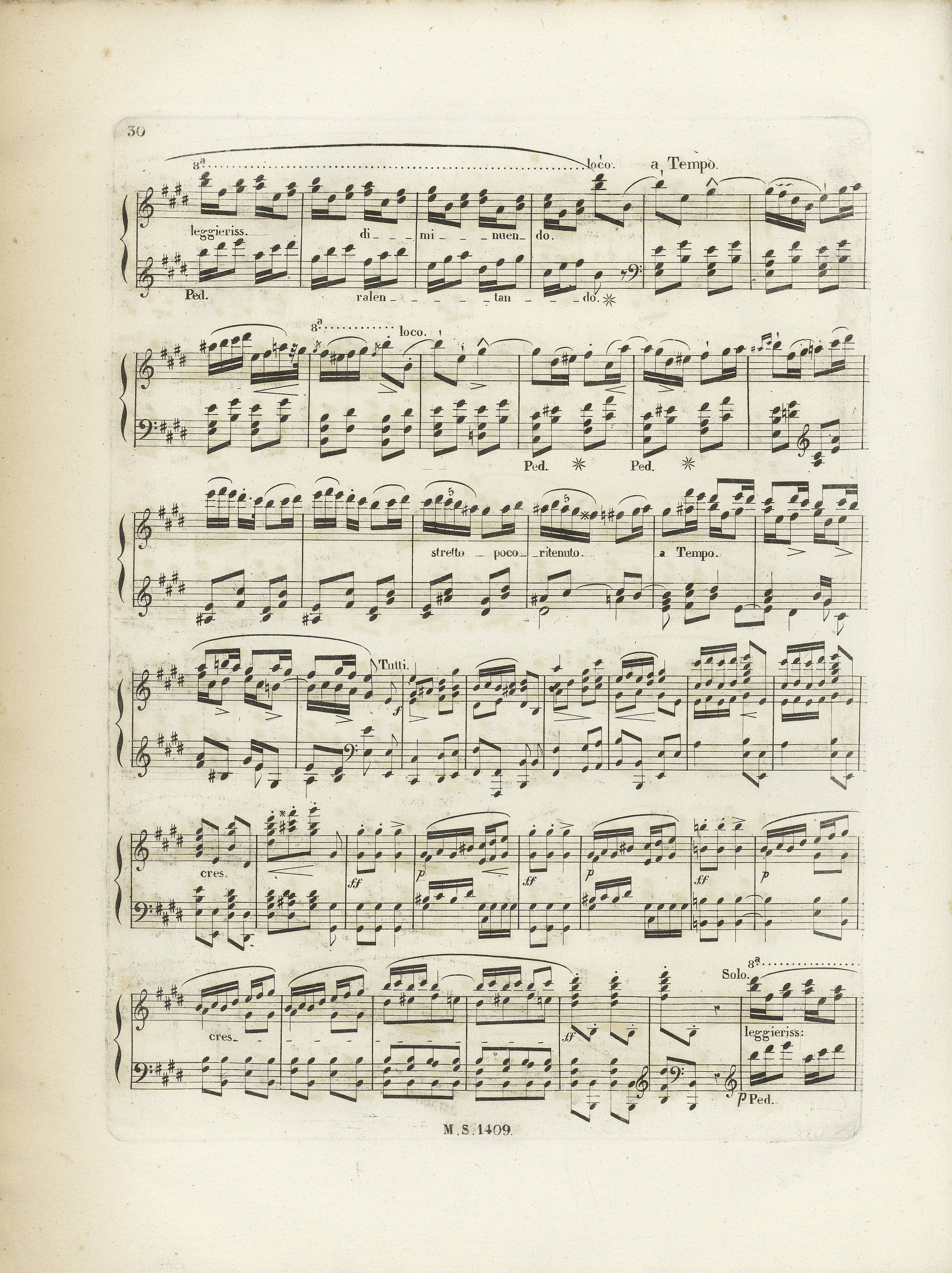Op. 2, Variations in B♭ major
Op. 10, 12 Etudes
Op. 11, Concerto in E minor
Op. 21, Concerto in F minor
Op. 22, Polonaise in E♭ major
Op. 24, 4 Mazurkas
Op. 25, 12 Etudes
Op. 26, 2 Polonaises
Op. 27, 2 Nocturnes
Op. 28, 24 Preludes
Op. 30, 4 Mazurkas
Op. 35, Sonata in B♭ minor
Op. 50, 3 Mazurkas
Op. 63, 3 Mazurkas
Op. 64, 3 Waltzes
(Op. 4), Sonata in C minor




Op. 11, Concerto in E minor, Mvt III
According to us, the dynamic markings in bars 68 and 70, although of clearly different lengths in the sources, are to be interpreted in the same way due to the affinity of those bars. It is the long accent that was sometimes reproduced in a similar manner; we give such accents in the main text.
Compare the passage in the sources »
category imprint: Interpretations within context; Differences between sources
issues: Long accents, Inaccuracies in GE
notation: Articulation, Accents, Hairpins


 in #
in #
